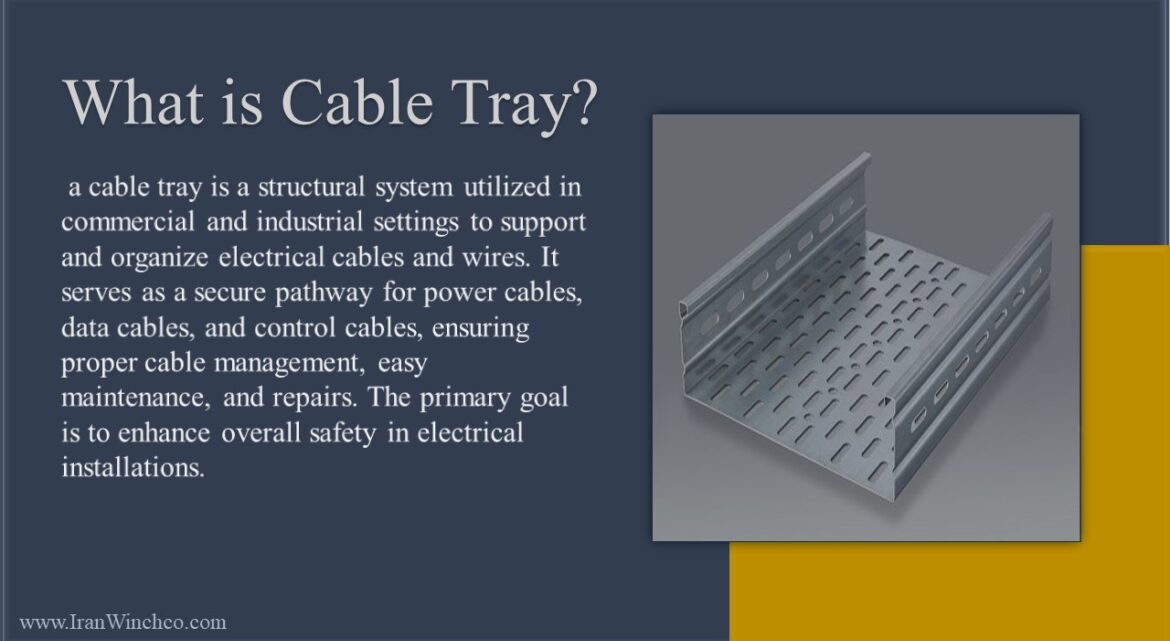What is a cable tray?
Cable trays are structural components used to support and manage cables and wires in buildings, industrial facilities, and other structures. They consist of a series of open, ventilated channels or trays made of metal, plastic, or other materials. Cable trays provide a secure and organized route for electrical, data, and communication cables, minimizing the risk of damage or interference.
Types of Cable Trays:
Ladder Cable Trays: Featuring a ladder-like design with horizontal rungs, ladder cable trays offer excellent ventilation and accessibility for cable installation and maintenance.
Wire Mesh Cable Trays: Constructed with wire mesh panels, these trays are lightweight and versatile, suitable for various cable management applications.
Solid Bottom Cable Trays: These trays have a solid bottom surface, providing additional support and protection for cables, especially in environments with high levels of dust or debris.
Trough Cable Trays: Trough-shaped trays are ideal for containing large bundles of cables and conduits, offering a high capacity for cable management.
Applications of Cable Trays:
Cable trays find extensive use in a wide range of industries and settings, including:
Commercial buildings
Industrial plants and manufacturing facilities
Data centers and telecommunications facilities
Oil and gas refineries
Power generation plants
Transportation infrastructure (such as airports and railway stations)
Benefits of Cable Trays:
Enhanced Cable Protection: Cable trays provide a secure and protected pathway for cables, minimizing the risk of damage from external elements or accidental contact.
Improved Cable Management: By organizing cables in a structured manner, cable trays facilitate easier installation, maintenance, and troubleshooting of electrical systems.
Better Air Circulation: The open design of cable trays promotes airflow around cables, helping to dissipate heat and prevent overheating of electrical components.
Cost-Effective Solution: Cable trays offer a cost-effective alternative to traditional conduit systems, reducing material and labor costs associated with cable installation and maintenance.
Conclusion:
In conclusion, cable trays are indispensable components of modern electrical infrastructure, offering efficient cable management solutions for various industries and applications. By understanding the types, applications, and benefits of cable trays, professionals can make informed decisions regarding their use in construction projects and facility management endeavors. For reliable cable tray solutions tailored to your specific needs, consult with experienced electrical engineering and construction professionals

